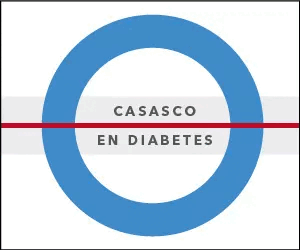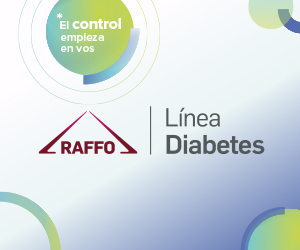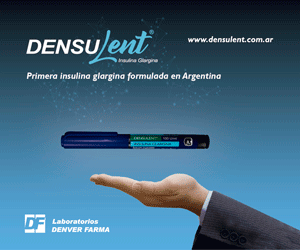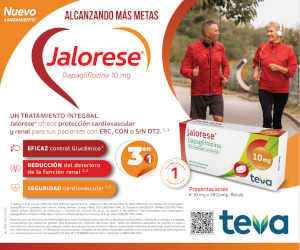O14 Kidney function in people with Type 2 diabetes with and without CVD: A Post Hoc Analysis of the Argentinean population from CAPTURE study
DOI:
https://doi.org/10.47196/diab.v54i3Sup.375Keywords:
kidney function, type 2 diabetes, with and without cardiovascular diseaseAbstract
Introduction: The CAPTURE study estimated the contemporary (2019) prevalence of cardiovascular disease (CVD) in people with type 2 diabetes (T2D) across 13 countries. This CAPTURE post hoc analysis describes the occurrence of chronic kidney disease (CKD) in the group with and without CVD in Argentinian population.
Methods: CAPTURE is a multinational, cross-sectional, non-interventional study conducted between December 2018 and September 2019. Data on CVD diagnoses, estimated glomerular filtration rate (eGFR) and urine albumin level was collected during routine visits. CKD was assessed in the subjects with and without CVD.
Results: Of 834 Argentinian participants, 41.5% were with CVD and 58.4% were without CVD From all Argentinian participants, 586 (70%) had eGFR data and 566 (68%) had albuminuria data. Overall, the distribution by eGFR in the groups of >89, 60–89, 30–59 and <29 ml/min/1.73m2 was 31.%, 43.3%, 22.4% and 3.1%, respectively and by albuminuria in the groups of Normal to mildly increased, microalbuminuria and macroalbuminuria was 58%, 33% and 8%, respectively. In patients with CVD, the distribution by eGFR in the groups of>89, 60–89, 30–59 and <29 ml/min/1.73m2 was 23,3%, 42%, 29,4% and 5,3% and by albuminuria in the groups of Normal to mildly increased, microalbuminuria and macroalbuminuria was 49,8%, 37,7%, 12,6% respectively. In patients without CVD, the distribution by eGFR in the groups of >89, 60–89, 30–59 and <29 ml/min/1.73m2 was 37,7%, 44,4%, 16,7% and 1,2% by albuminuria in the groups of Normal to mildly increased, microalbuminuria and macroalbuminuria was 65,2%, 29,8%, 5% respectively. (figure 1).
Conclusion: This post hoc CAPTURE analysis demonstrated that 67.7% of the Argentinian patients with T2D and CKD are in potentially reversible stages, which means they are in a therapeutic window of opportunities. The group of patients with T2D without established CVD represent a special challenge from a health care perspective, since almost 1 in 5 had moderate or severe CKD and 34.8% had micro or macroalbuminuria as an signal for endovascular damage.
Downloads
Published
How to Cite
Issue
Section
License

This work is licensed under a Creative Commons Attribution-NonCommercial-NoDerivatives 4.0 International License.
Dirección Nacional de Derecho de Autor, Exp. N° 5.333.129. Instituto Nacional de la Propiedad Industrial, Marca «Revista de la Sociedad Argentina de Diabetes - Asociación Civil» N° de concesión 2.605.405 y N° de disposición 1.404/13.
La Revista de la SAD está licenciada bajo Licencia Creative Commons Atribución – No Comercial – Sin Obra Derivada 4.0 Internacional.
Por otra parte, la Revista SAD permite que los autores mantengan los derechos de autor sin restricciones.

































